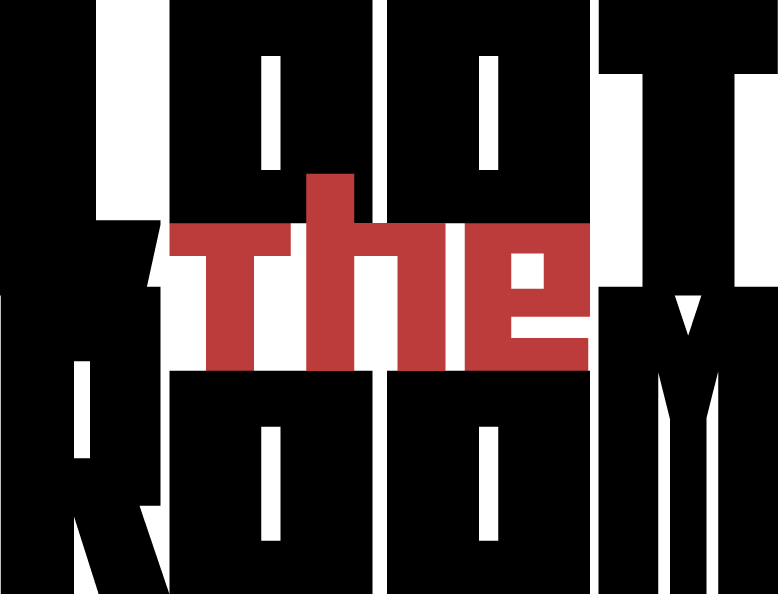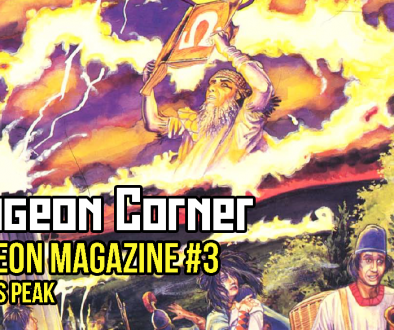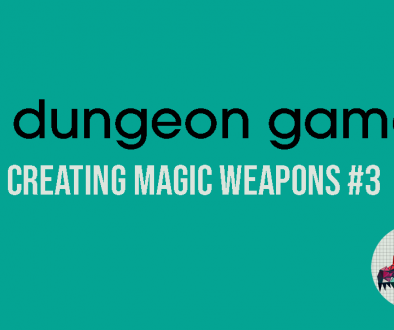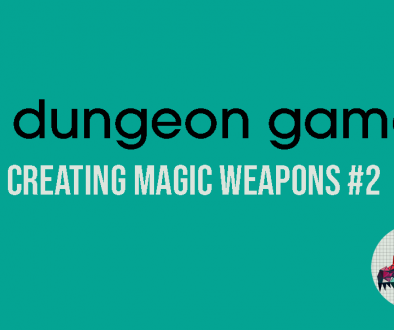Ritual & Release
I was in a decent routine of writing these emails roughly once a month. Then I wrote Wheneverly back in May and immediately stopped writing emails. Part of that has been a lack of desire to continue writing on Substack, which I’ve now solved by moving away from that platform, but part of that has also just been feeling like I haven’t had anything to say. But here we are, on a brand new platform, and suddenly I have to find something to talk about to justify having put in the effort of finding a new platform to write on.
Back in June I was asked to speak at Multiplatform 2025: Rituals of Play about my work. I wrote a presentation, practised it, and then immediately threw it all out on the day after listening to a few other speakers. Instead I ended up talking a little about my approach to my work and to writing, and how ritual and oracle imbue my work both in the things that I actually write and the way that I write them. The past few months have been a bit of a creative struggle, and sticking to my rituals and routines has helped me to get work done where it’s felt really hard. So I figure rather than writing a whole new email for the sake of writing a new email, I’ll instead share my talk from that day. This is a transcript from my talk rather than the notes that I spoke from, so please excuse any clumsy phrasing or strange sentence constructions – I’m a much better writer than I am a public speaker.
if you’re not interested in that, then I have some new releases out and some stuff coming up that you might be interested in, which I’ll list first so that you don’t have to scroll to find it. If you are interested in my talk from Multiplatform, keep reading to see me talk about me for a little bit. And, as always, there’s a picture of Lucky at the end as a reward for spending some of your time with me.
What’s New?
- Earlier this week I announced The Haunting Of The Wretched, the follow-up/sequel to The Wretched. I’m calling this “ASMR horror” and I’ll have more details about it very soon, but in the meantime you can follow the pre-launch page here.
- My new Mörk Borg adventure CANDLE is now available in print and digital formats. This is a chaotic reverse dungeon crawl that grabs your PCs, transports them into the bottom of a temple alongside a very pissed off devil, and says “now what?” It’s a ton of fun and I hope you’ll pick it up.
- My short story ‘A Black Mile To The Surface‘ appeared in Swords & Sorcery Magazine back in June. You should read it.
Multiplatform 2025
My name is Chris Bissette. I’m a writer and game designer based here in Manchester. My work is primarily in tabletop role-playing games. I write for games like Pathfinder, Discworld, Hunter, the Reckoning. Most recently I’ve been working on designing the new edition of Tunnels & Trolls. But I think that what’s most relevant to what we’re talking about today and over this weekend is my work in solo journalling games and in indie role-playing games that draw on the traditions of lyric games.
I had some notes about how I was going to talk about my work but in listening to Dr. Howard’s keynote speech this morning, I realised that maybe I should take a different approach. That may prove to have been a terrible decision because I’m sort of going off the cuff but we’ll see.
My background before I got into tabletop was in creative writing. I did my masters at Salford in 2016, and I’ve been deeply interested in ergodic literature and non-traditional and non-linear narrative structures for a long time. This is all something that I’ve drawn on as I’ve moved into tabletop. But something that I hadn’t really considered or connected to my work in tabletop until I listened to the keynote this morning was the idea of occult practise as playful, and the idea of the overlap between occult practise and play and ritual and play.
Ritual has been a part of my creative practise for as long as I can remember. I have a very set writing ritual. I do the same things before I sit down to write and when I’m finished writing, and I think about them as opening and closing a ritual space. Part of the development of this has simply been in the pursuit of forming good writing habits, and part of it has been in the pursuit of treating my writing as a job, not just something that I do as and when I feel like it. But I’ve also found that the formality of beginning a writing session helps me slip more easily into a state that is conducive to creativity.
To get back to my work specifically, in 2020, like many people, I found myself without a gaming group anymore and I began to get into solo role-playing games. I was still going into the office but had very little to do once I was there, and I wanted to keep playing games. This was when I discovered journalling games, but what I found with journalling games was that many of them were little more than creative writing prompts. Many of the oracles were very vague, and I was struggling to see a difference between playing a game and just writing fiction, because it was the feeling of play rather than the feeling of creation that I was craving.
So I decided to write a game that would act as a more ‘formal’ journalling game, one with very defined procedures of play. Or, you could say, rituals of play. I wrote a game called The Wretched, which is a space horror journalling game that’s basically Alien with the serial numbers filed off.
What was novel about The Wretched at the time was the very structured mode of play. You play with a deck of cards, dice, a microphone, and a Jenga tower, and there’s a very formalised structure to the procedures that you go through as you play the game. The game is split into days – effectively rounds – and on each day you roll a die which tells you how many oracle cards to draw. You draw the oracle cards, which direct you to specific prompts to respond to about the fictional situation that you are in, and many of those prompts will also instruct you to pull a block from the tower. The Jenga tower acts as a clock that tells you when the game is over. It provides a rising tension and it provides an external stimulus that, when combined with the inciting nature of the prompts, creates an experience that is very intense, emotionally and mentally. Playtesting this game was the first time I experienced bleed – although it’s a game about being alone, stressed, isolated, and living under the threat of impending death that was written during the first COVID lockdown, so it’s probably fair to say that “bleed” has been a facet of the game since its inception.
Crucially, I found the Jenga tower also gives you a very clear indicator of when to close the circle and step away from the game. And it’s only now, having listened to Jeff speak earlier this morning, that I’ve realised how much the structure of The Wretched and the many games that have made use of the game engine that I wrote in the 5 years since I released that game mirrors my own creative practise.
I’m very interested in games with explicit defined beginning and end points – games like Jason Morningstar’s The Skeletons, or Avery Alder’s The Quiet Year. My work outside of solo games is in writing adventures for more traditional tabletop role-playing games, and I’m specifically drawn to the megadungeon as a mode of play. I’m interested particularly in dungeons as a mythic underworld, a liminal space where the rules of reality are changed and different, as a space of transformation, both physical and mental. For me, I think these spaces tap into some of our oldest modes of storytelling.
This is a mode of play with a defined set of boundaries. You go into the dungeon, you experience whatever it is that you experience in the dungeon, and then you emerge changed – but you do emerge, and your delve into the mythical underworld comes to an end, and generally the session of play comes to an end when you leave the dungeon, safe in the knowledge that you survived and that you can choose to go back at a time that suits you.
The other thing that I think is interesting about this mode of play is its reliance on oracle and procedure, and on being driven by a force that’s external to the players and the GM. Much of what happens in the megadungeon is driven by rolls on wandering monster tables and on reaction tables to determine how wandering monsters respond when they are met, and this leads play in the direction that nobody – not the GM, not the players, not the writer of the dungeon – is able to predict.
My current big project is a huge sandbox campaign setting for a fantasy role-playing game that I’ve written, imaginatively titled a dungeon game, and this setting reimagines the ‘dark ages’ of sub-Roman Britain into a mythic past where the Old North still stands, and where Wales has separated itself from their neighbours to the east by building a massive ditch and flooding it. It invites players to place themselves into this fictionalised version of a past that could have been and to discover it through play, and the setting is filled with these sorts of random tables and oracles that I’ve talked about. Something that I think is interesting is that I’ve also been using oracles to write the setting, which is also something I do when I write dungeons as well.
The first thing I did before anything else was to write procedures for deciding what each section of the map is, and to use those procedures to generate the world to give me a framework to write in – and so, just as this mythic past reveals itself to players, it’s been revealing itself to me during the writing process in a way that feels very much like accessing something outside myself. I’m constantly surprised while working on it – the oracles guide not just play, but creation itself.
What I’m realizing, partly through this conference, is that there’s something fundamentally ritualistic about the way I approach both playing and making games. Whether it’s the formal procedures of The Wretched, the liminal space of the megadungeon, or my own writing practice, there’s always this sense of opening a sacred space, engaging with forces beyond our control, and then closing that space when the work is done. And maybe that’s what draws me to games in the first place; they offer a safe way to ritualize our engagement with uncertainty, creativity, and transformation.
Thank you.





